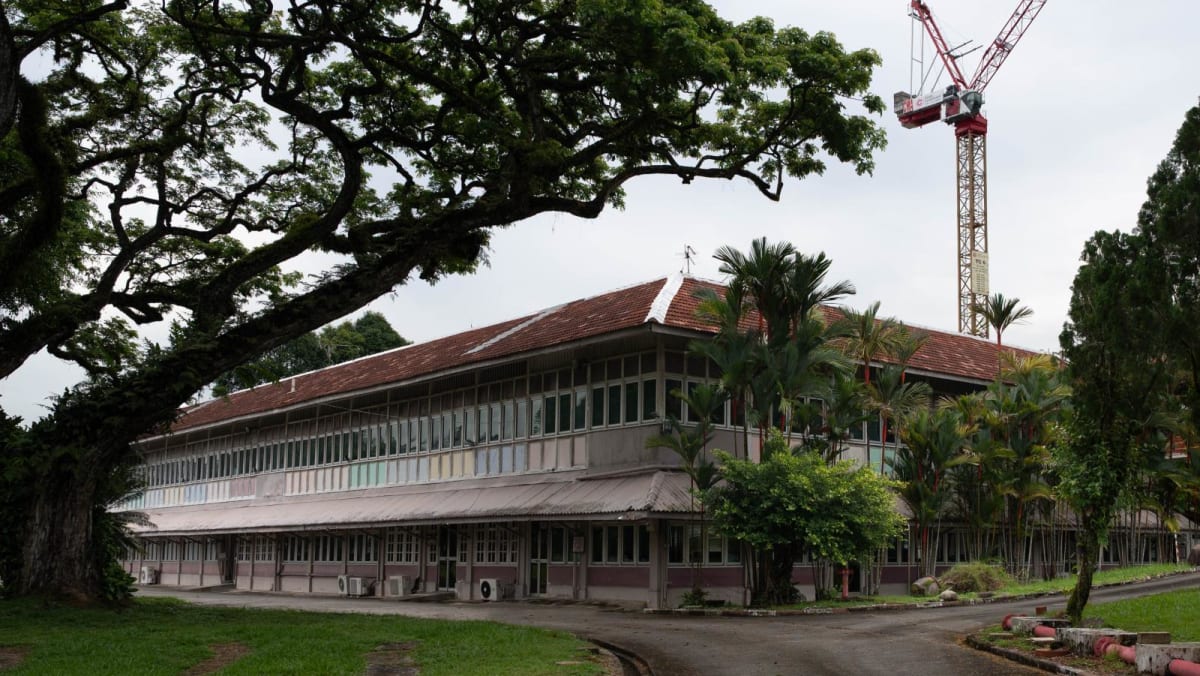SINGAPORE: The former Pasir Panjang English School, the NatSteel pavilion in Jurong and 20 buildings at Bukit Timah’s Turf City will be conserved under the country’s latest land use master plan.
This expands on an earlier list of five sites announced in May – including the Singapore Badminton Hall and Jurong Hill Tower – that were earmarked for conservation by the Urban Redevelopment Authority (URA).
“We will continue to incorporate greenery and heritage considerations into our planning processes, and balance these carefully with developmental needs,” National Development Minister Chee Hong Tat said at the launch of an exhibition for URA’s Draft Master Plan 2025 on Wednesday (Jun 25).
URA said it has developed a new thematic framework to guide conservation efforts, aligned with four key aspects of Singapore’s post-independence growth – economy, housing, social and defence.
The former Pasir Panjang English School and buildings at Turf City fall under the “social” theme, while the NatSteel Steel Pavilion represents Singapore’s early industrialisation under the “economy” theme.
“This thematic framework will support the identification of selected sites that represent Singapore’s history and development over the past 60 years,” said the country’s urban planning agency.
Heritage enthusiast and author Jerome Lim said conservation efforts have thus far focused on buildings associated with Singapore’s colonial past.
Hence, it is important to look beyond that to also retain those built in the pre- and post-independence period, he added, citing the NatSteel pavilion as an example.
“To me, they are the building blocks of our nation, something that helps us to reflect (on) our achievements, to help us look at how we’ve grown as a nation,” said the heritage blogger behind the site, The Long and Winding Road.
FORMER PASIR PANJANG ENGLISH SCHOOL
The former Pasir Panjang English School, located along Yew Siang Road, was established in January 1933 as an all-boys school. In 1936, it was selected – along with two other government schools – to pilot co-educational classes.
It also served as a registration centre for emergency evacuees before the outbreak of World War II in December 1941. The school buildings were damaged in the war and reconstruction efforts began in November 1947.
The school eventually closed in 1986 and was used as a drug rehabilitation centre between 1999 and 2024.
According to URA, the school remains a strong identity marker for residents in the area and represents a rare example of standardised school buildings constructed with timber during the 1920s and 1930s. The main building features a largely intact U-shaped classroom block, complete with a pitched tile roof and overhanging eaves.
The agency said the proposed conservation of the school would commemorate a milestone in Singapore’s educational development.
